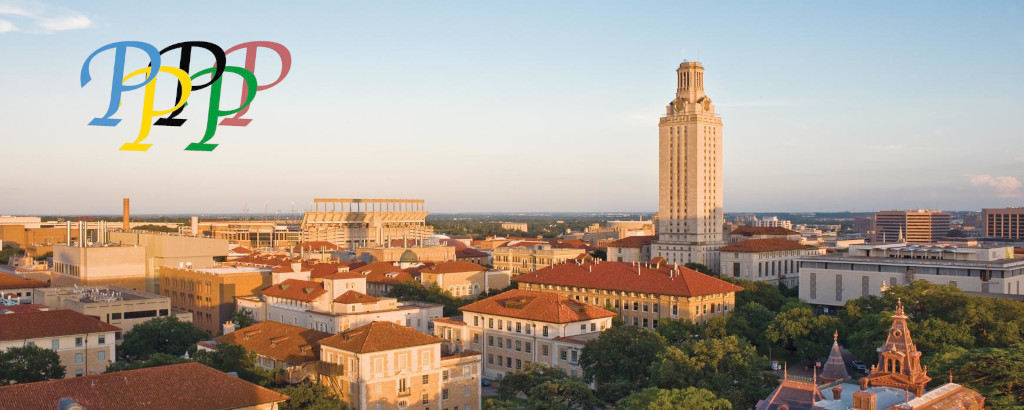Speaker
Description
The discovery of the Higgs in 2012 and the subsequent agreement between measurements of its properties with SM predictions has left the high energy collider physics community is at a crossroads. The community consensus is that a precision e+e- Higgs factory is required for continued progress in the field. The form that this facility will take is not decided and opinions vary on which type (linear or circular collider) and more specifically which particular collider concept should be supported. How much time it will take to first collisions in an e+e- factory and the environmental impact are of utmost concern to early career scientists, who want to gain the essential skills required to design and build a major collider facility and who want to live in a world in which environmental catastrophe and climate displacement can be minimized. To this end, we have evaluated the carbon impact of construction and operation of the Cool Copper Collider (C^3) compared to other collider concepts. Its compact 8km footprint enables a cut and cover construction approach that reduces emissions from construction. We more broadly advocate for linear colliders as the best path to drive progress in the field sustainably.
